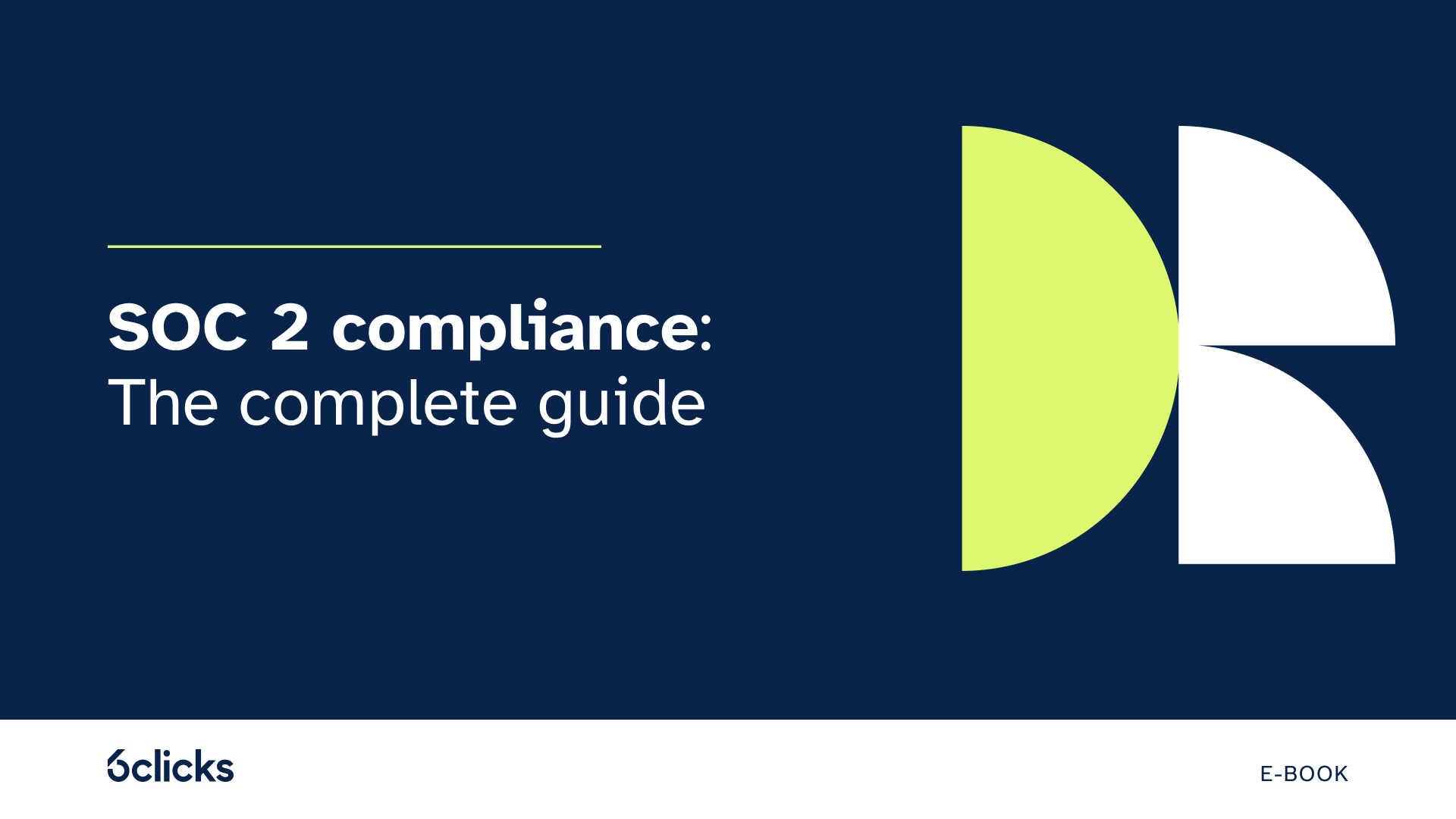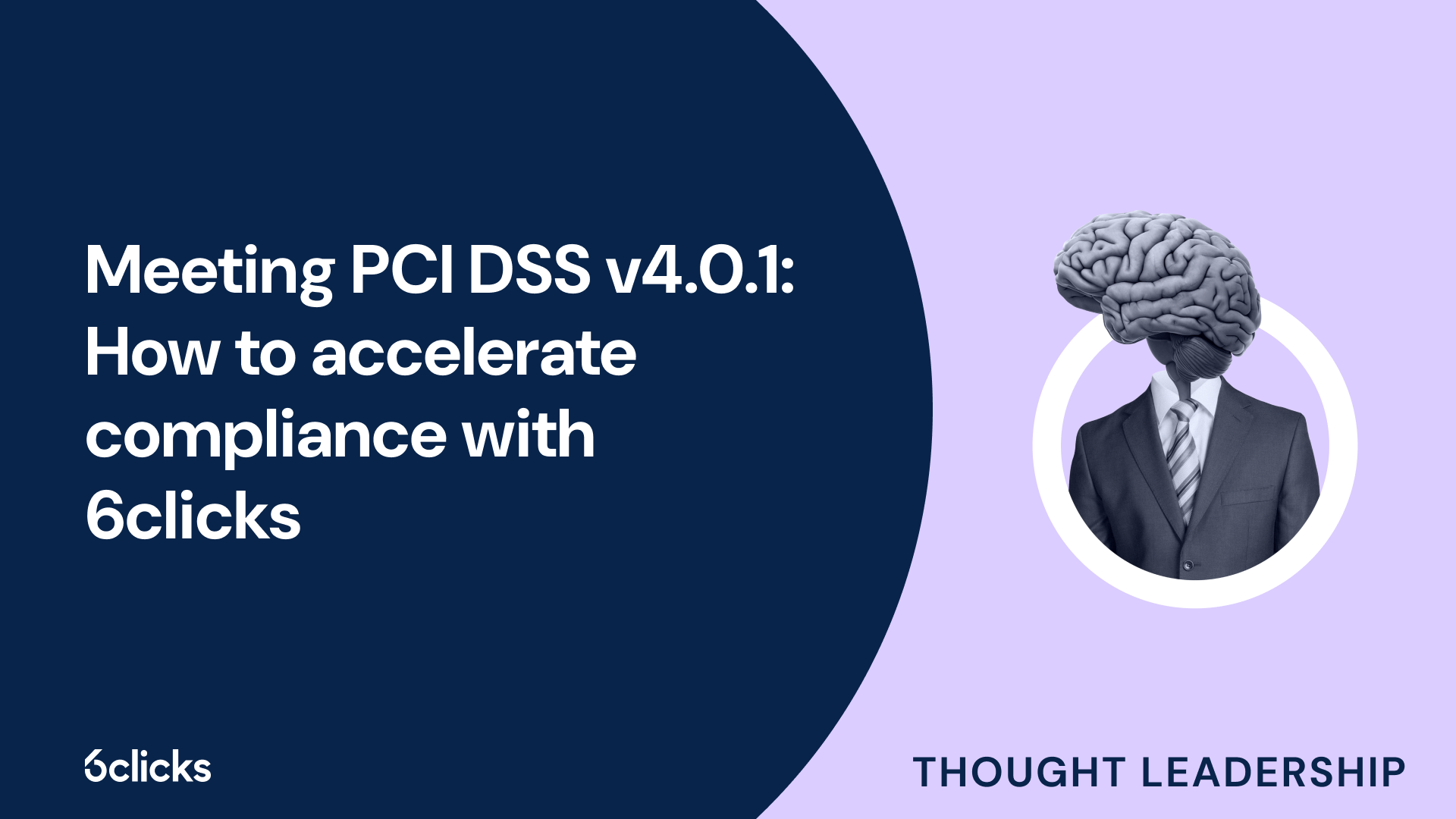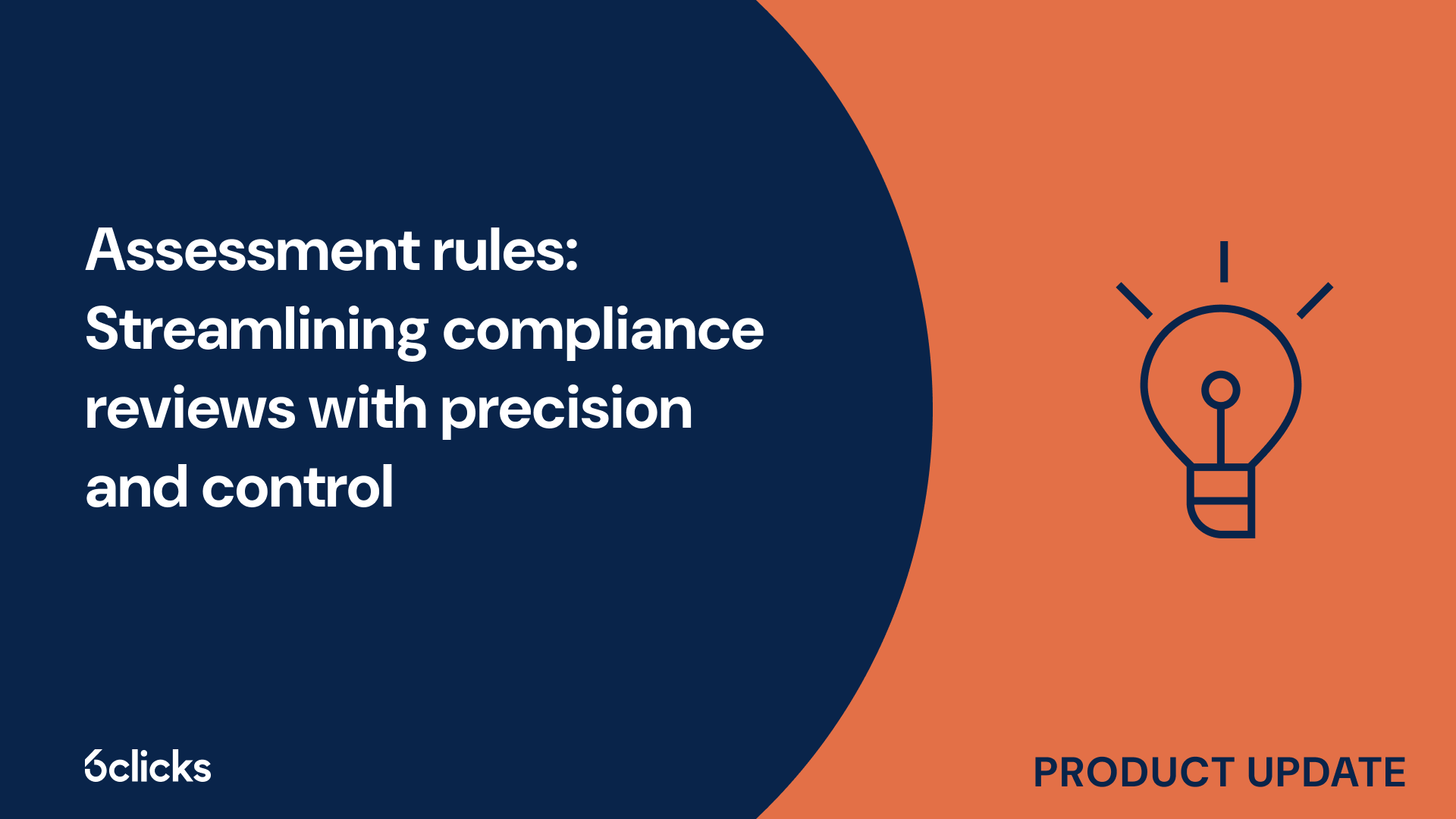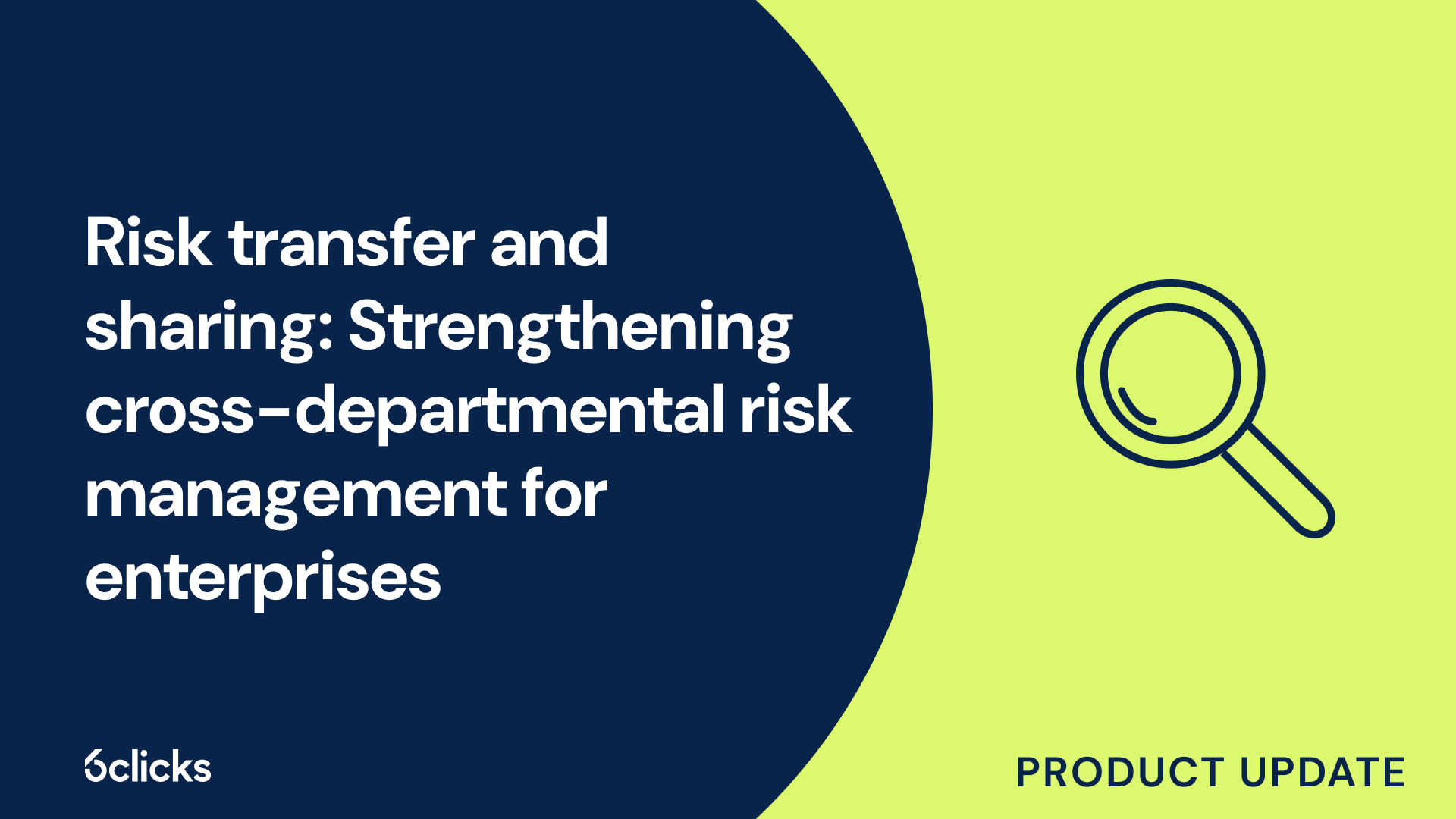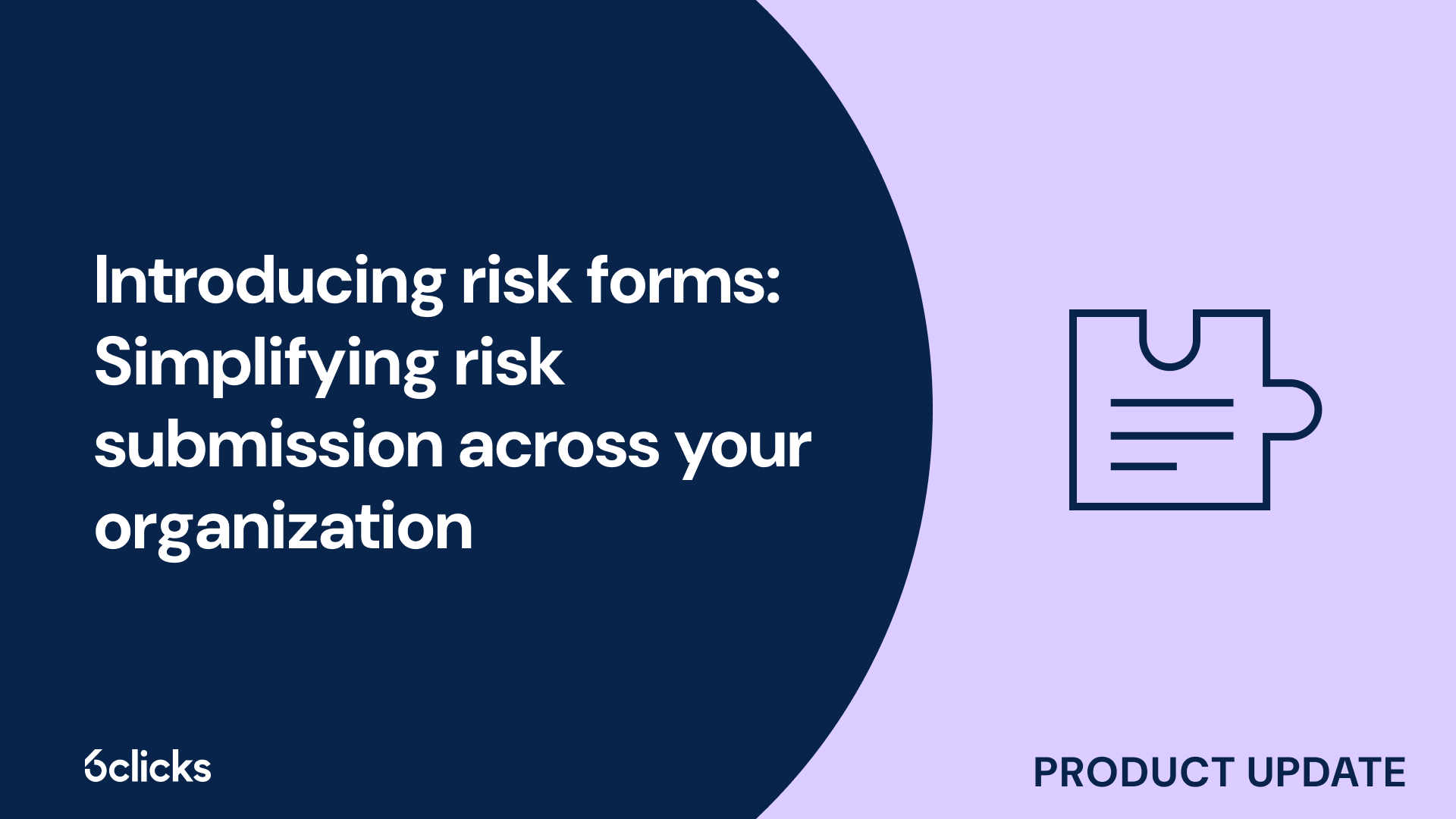The GRC buyer’s guide for 2025: Building resilience with AI-powered, federated solutions
Discover the ultimate GRC buyer's guide for 2025! Uncover how AI-powered, federated solutions transform compliance and security management for industries like government, aerospace, banking, and more. Learn about centralized control, continuous compliance, and advanced cyber GRC capabilities. Download now!
-1.png?width=200&height=249&name=Group%20193%20(1)-1.png)
The GRC buyer’s guide for 2025: Building resilience with AI-powered, federated solutions
What is security and compliance?
Security and compliance are two critical aspects of modern business operations. They help organizations protect sensitive data, mitigate risks, and adhere to legal and industry-specific regulations. While security focuses on safeguarding digital and physical assets, compliance ensures that businesses meet regulatory standards and follow best practices.
Understanding security
Security refers to the measures, policies, and protocols designed to protect an organization's assets from cyber threats, unauthorized access, and data breaches. It encompasses various domains, including cybersecurity, physical security, and operational security.
Types of security
- Cybersecurity: This involves protecting systems, networks, and data from cyber threats such as malware, phishing, ransomware, and hacking attempts. It includes firewalls, encryption, intrusion detection systems, and endpoint security solutions.
- Physical security: This focuses on safeguarding physical assets, including office buildings, data centers, and hardware, from theft, vandalism, and unauthorized access. It includes security cameras, access control systems, and alarm systems.
- Operational security: This covers the processes and policies implemented to prevent data leaks and unauthorized access to sensitive information. It includes identity and access management (IAM), multi-factor authentication (MFA), and secure data storage.
Security is an ongoing process that requires continuous monitoring, threat assessments, and proactive measures to prevent potential risks. Companies must implement a multi-layered security approach to protect their critical assets from internal and external threats.
Understanding compliance
Compliance refers to an organization's adherence to laws, regulations, and industry standards that govern data protection, privacy, and operational practices. Regulatory bodies impose compliance requirements to ensure businesses operate ethically, securely, and transparently.
Types of compliance
1. Regulatory compliance: This involves meeting legal requirements set by government bodies and industry regulators. Examples include:
- General data protection regulation (GDPR): Governs data privacy and security in the European Union
- Health insurance portability and accountability act (HIPAA): Protects patient health information in the healthcare industry
- California consumer privacy act (CCPA): Regulates consumer data protection in California
- Payment card industry data security standard (PCI DSS): Ensures secure handling of credit card transactions.
2. Corporate compliance: This ensures that companies follow internal policies and ethical guidelines to maintain transparency, prevent fraud, and protect stakeholders.
3. Industry-specific compliance: Many industries have unique compliance requirements. For example, financial institutions must adhere to the Sarbanes-Oxley Act (SOX) and the Digital Operational Resilience Act (DORA) to ensure financial data security and operational continuity.
The relationship between security and compliance
Security and compliance are interconnected but serve different purposes. Security is about implementing robust measures to protect data and assets, while compliance ensures that an organization meets regulatory and legal obligations. Compliance frameworks often provide guidelines for security measures, but achieving compliance does not always guarantee complete security.
Organizations that prioritize security can reduce the risk of non-compliance, while those that focus solely on compliance may still be vulnerable to cyber threats. A well-balanced approach includes implementing strong security controls while maintaining compliance with relevant regulations.
Importance of security and compliance
- Protects sensitive data: Security measures safeguard personal, financial, and corporate data from breaches and cyber threats.
- Reduces legal risks: Compliance helps businesses avoid legal penalties, fines, and reputational damage.
- Enhances customer trust: Companies that prioritize security and compliance build credibility and trust with customers.
- Improves business continuity: Strong security practices minimize disruptions caused by cyberattacks and data loss.
- Strengthens competitive advantage: Compliance certification demonstrates a commitment to security, giving businesses an edge in the market.
Learn more: Navigating the differences between security and compliance
Conclusion
Security and compliance are essential for businesses in today's digital landscape. While security focuses on protecting assets from threats, compliance ensures adherence to laws and regulations. A strategic approach that integrates both security and compliance helps organizations safeguard data, maintain regulatory obligations, and foster trust with stakeholders. Businesses must continuously update their security strategies and compliance frameworks to adapt to evolving threats and regulatory changes.
Optimize your security and compliance strategy by leveraging 6clicks' powerful platform. Our Security Compliance solution equips your organization with comprehensive capabilities to implement and manage controls, align your security measures with regulatory requirements, and perform audits to verify effectiveness and compliance. Use our AI engine, Hailey, to automate various processes such as creating control sets, mapping frameworks, responding to assessments, and more. Explore 6clicks today!




